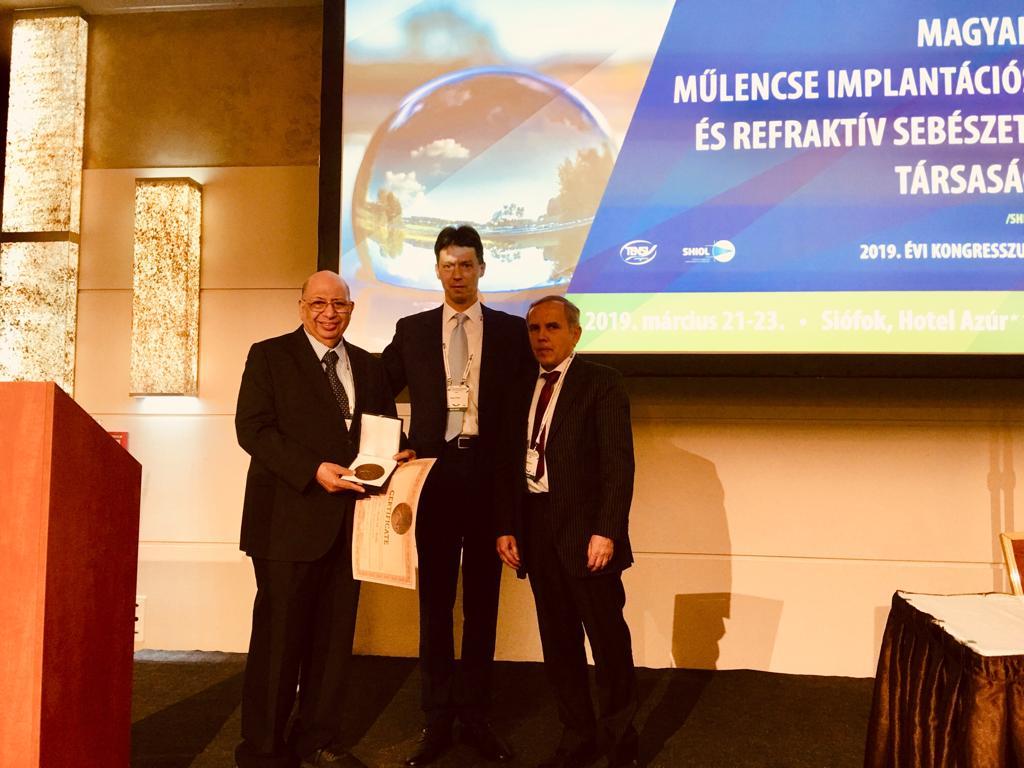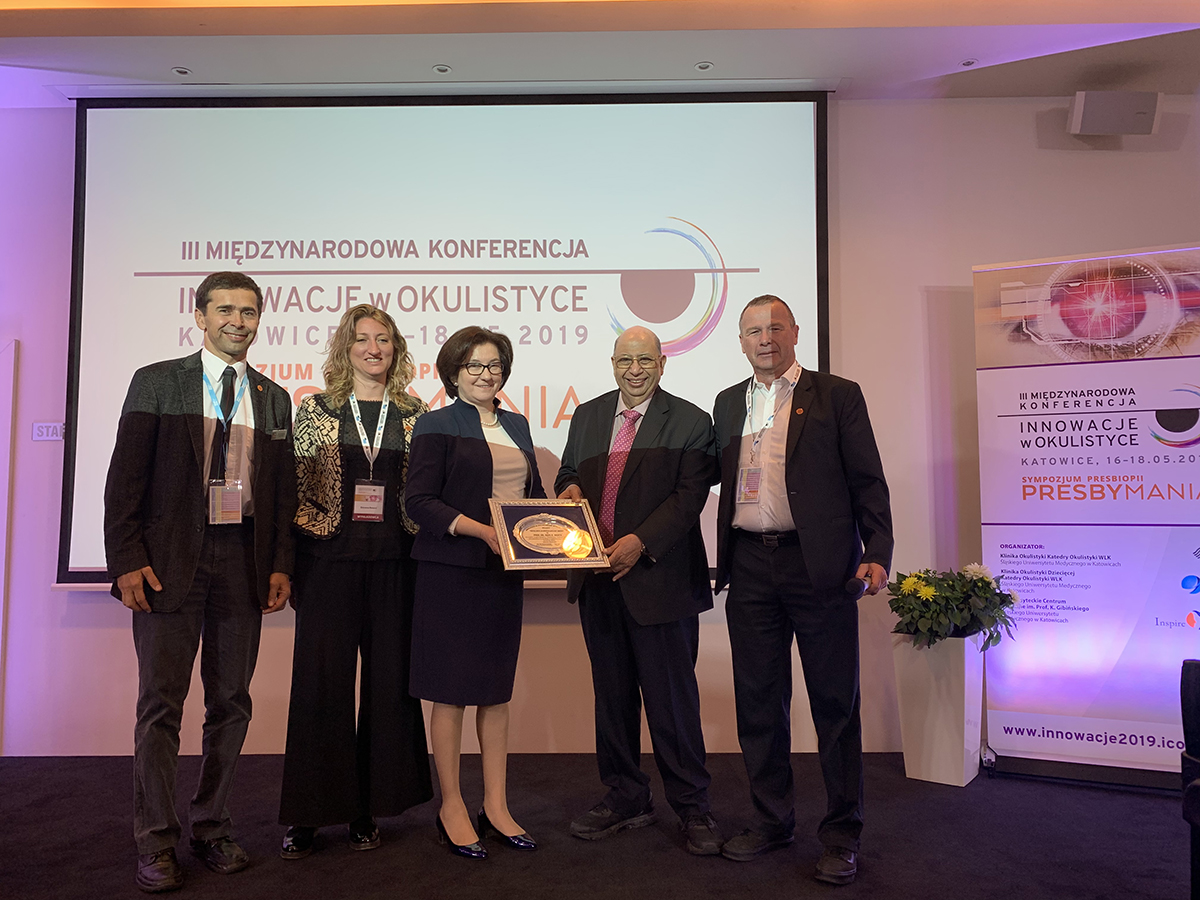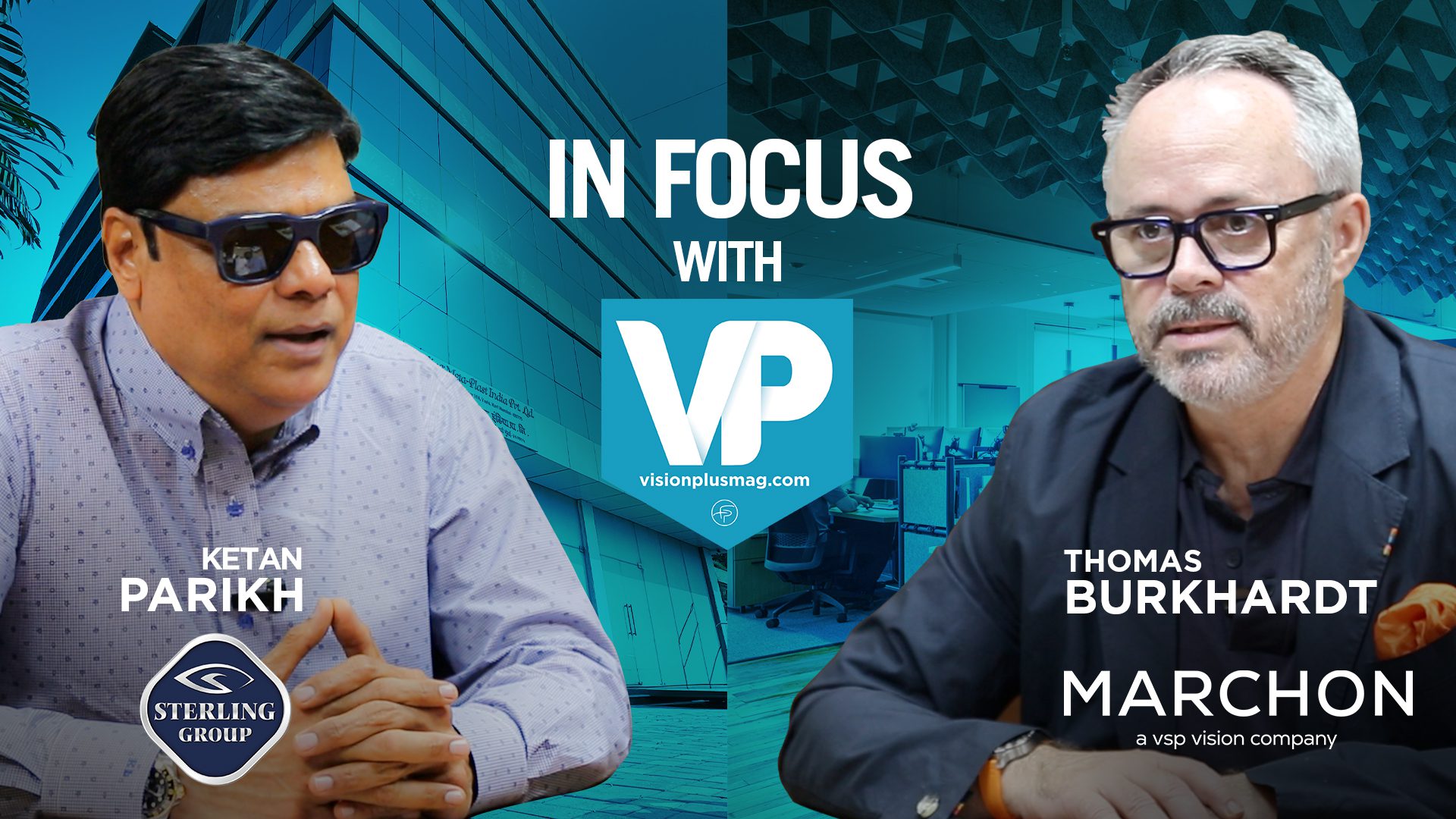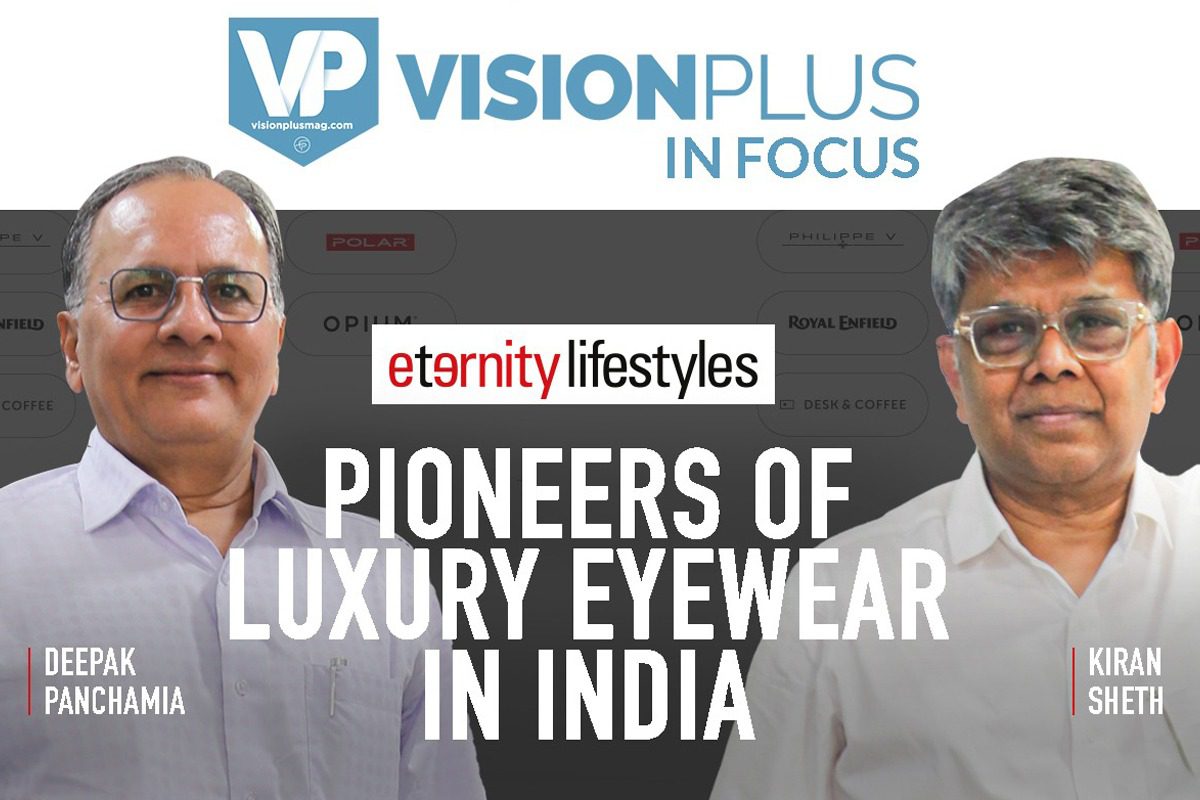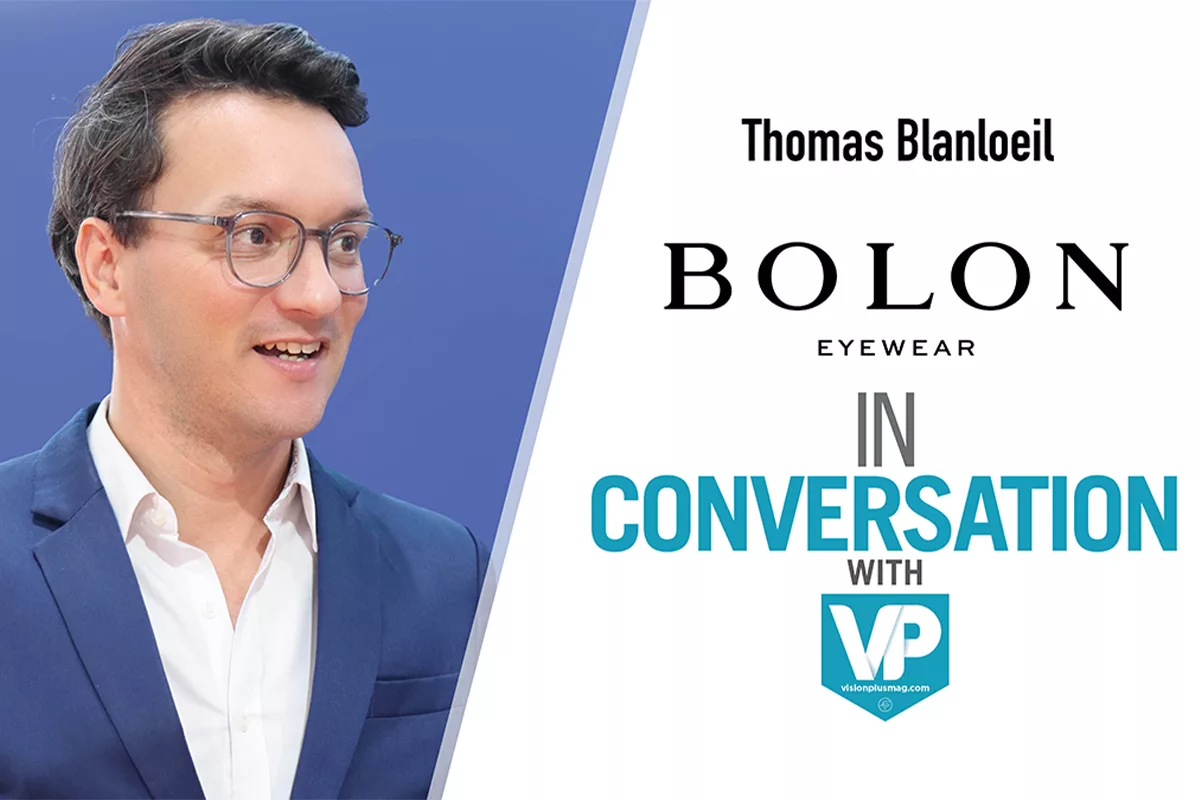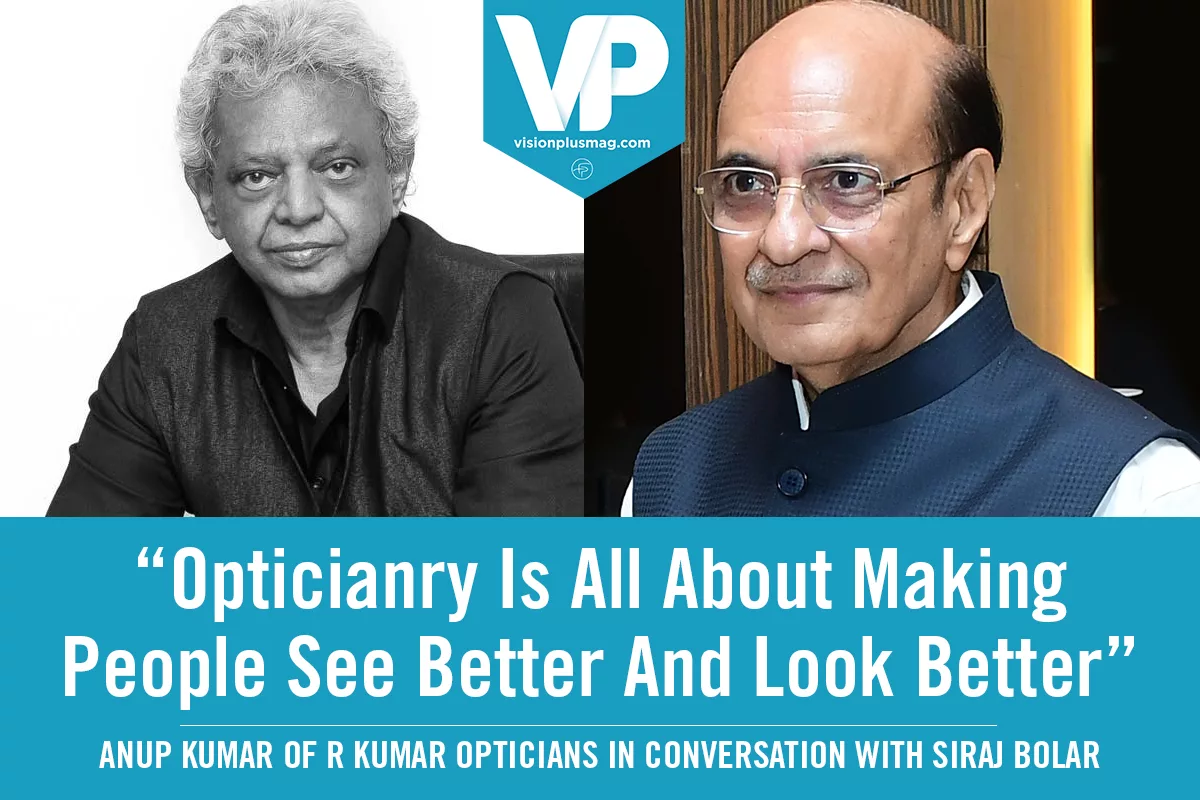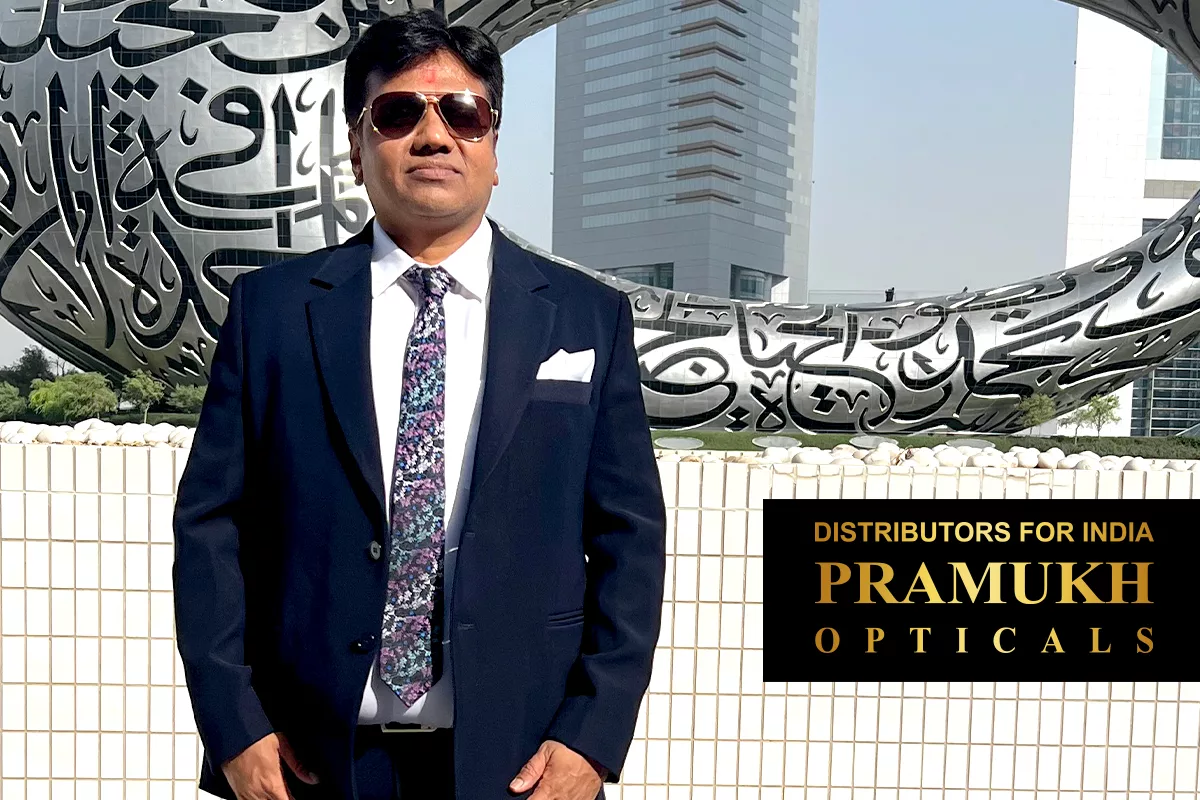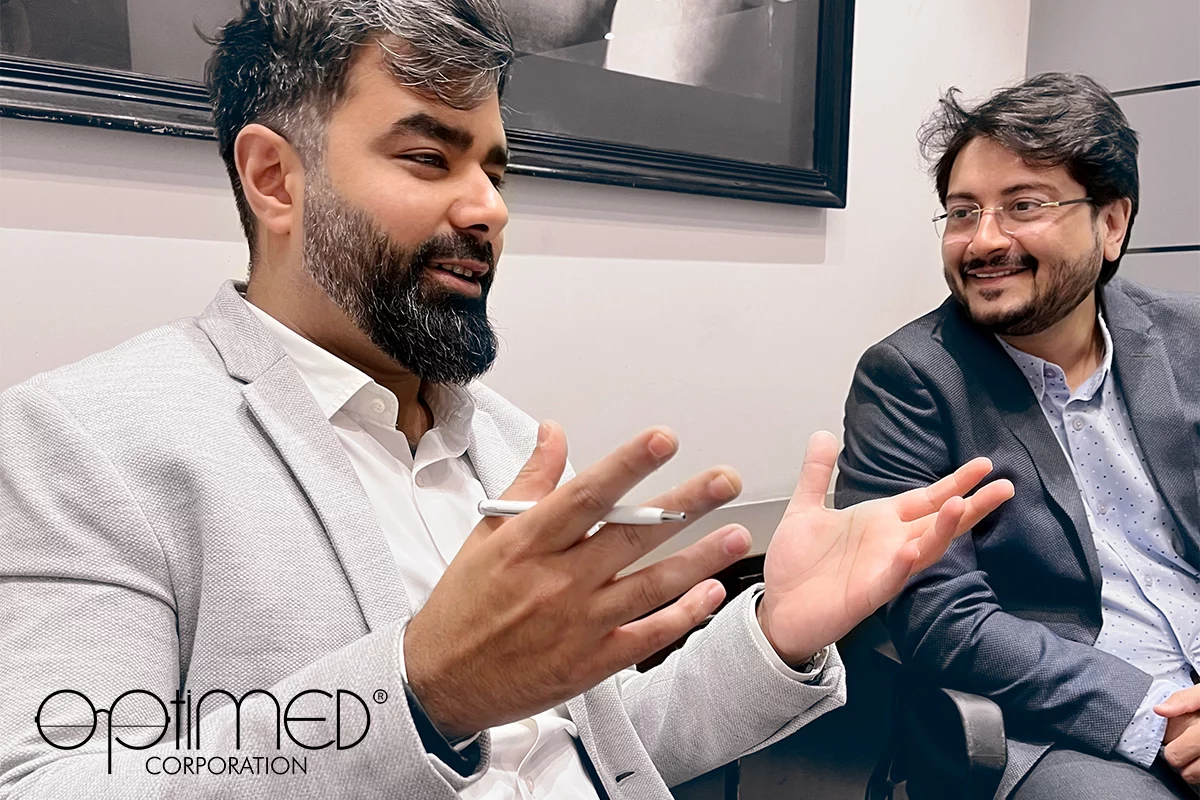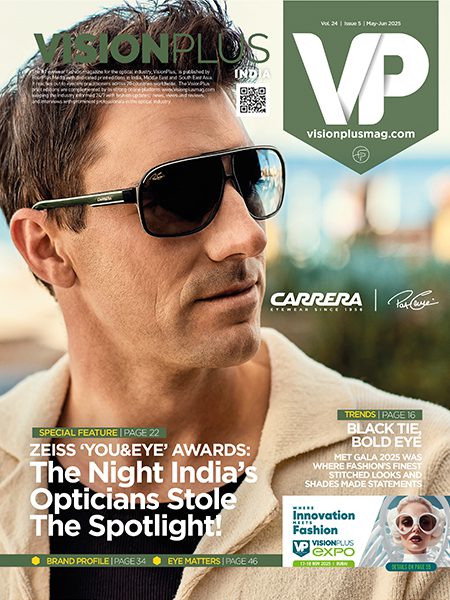Padma Shree Dr. Keiki Mehta speaks to VisionPlus about his recent achievements and the latest trends and innovations in the optical industry
Dr. Keiki Mehta is well known for his innovation and incredible contribution to the vision care industry. Dr. Mehta recently won a medal for the Best Surgical Video at the 3rd Annual Conference of Intraocular Implant and Refractive Society of India (IIRSI), 2019. The event was hosted in Chennai this year and over 4,000 ophthalmologists from across the world took part in the event. Here he is, in conversation with VisionPlus.
VisionPlus (VP): Congratulations, Dr Keiko Mehta, on your winning so many awards at international levels. Can you tell us a bit more about the awards and finally how you felt on winning them?
Keiki Mehta (KM): I recently received the ‘Outstanding Award for Excellence in Ophthalmology’ at the Innovations in Ophthalmology Conference held in Poland. And the Hungarian Cataract and Refractive Surgery Society, (SHIOL) awarded me with its prestigious International Oration Award in “Recognition and Appreciation for Excellence in Cataract and Refractive Surgery” at the annual conference held in Budapest.
Speaking about the awards, it’s nice to be recognised. When you do something with your blood and sweat and people turn around to appreciate it, you know at that moment it was worthwhile. And even better than appreciation is when they call you in their own country, and give you a special zone where you can give your lecture, the feeling is amazing.
VP: Having won so many awards, do you keep track of them and do you have a count of exactly how many you’ve won?
KM: I don’t know. Must be in the range of 38-40, maybe a little more or little less but I really don’t have any idea of the exact number.
VP: From the ones you’ve won, could you name the 3 most important ones that are close to your heart?
KM: The three most important ones I’d say are:
1.The American Implant Society awarded me, its prestigious, APPRECIATION AWARD at Las Vegas in the USA, for developing the World’s First Soft Intraocular Lens Implant. I developed the world’s first soft implant in the year 1978.
2. Second would be the Asia-Pacific Award for OutStanding Work In Ophthalmology in Asia-Pacific Zone.
3. I was Awarded GRAND HONORS AWARD from the National Eye Research Foundation, Chicago, USA, for being outstanding and an excellent surgeon in ophthalmology, the only Indian to be ever awarded.
So these are the 3 awards that I am really proud of.
VP: When were you given the title of Father of Indian Phacoemulsification? What was your reaction to it, how did you feel then?
KM: Phacoemulsification was brought in India by me in 1989 or so. And I was the first one to do emulsification as a regular practice. It had a bad name back then, people thought that it could ruin the eye or damage it. But we demonstrated the right way to do it. And were the first ones to do so. When I gave my first series of paper it was accepted. And one fine day someone gave me the title and that was it. It stuck. And then one of the foreigners printed their text book based on the paper and it had my description as the author at the back of the book. And that literally spread across the world and that was it.
VP: Could you please enlighten the readers on your latest innovations in cataract surgery and laser vision correction?
KM: Latest innovation in cataract surgery is robotics. It has the advantage, the openings are done using a laser and the openings are precision cut. It’s made in one step pattern so it seals itself, it has self sealing ability. And now cataract is dissolved without using ultrasound, just by laser energy from the top, it is equivalent of kidney stones, but here we use a laser to soften the cataract and suck it out. It becomes very safe and accurate.
If you are putting a multifocal lens in the eye it has the advantage that it gives you a perfectly centered lens and everything. Your hands are good, but you cannot get the same level of precision as robotic.
Another one would be laser vision for correcting spectacle number. There’s this new technique called SMILE that uses the laser vision. In Lasik we cut a flap, but with the smile technique there’s no opening, no cut, no flap. It’s the safest and the most effective treatment. As a matter of fact we have to tell our patients that if you ever visit an eye doctor after you’ve undergone SMILE, please tell him you had it done, as he wont be able to make out. It is upto that level of perfection.
The only disadvantage is that it’s double the cost of lasik. The results are so good that had it not been the cost, Lasik would have been kicked out long before.
VP: Heard about PresbyVue and Lens exchange. Could you elaborate ?
KM: Once you cross the age of 40, you have a reading correction in addition to distance. If you do lasik it doesn’t work because that only removes your distance number, and your near number is still there. So the only way to remove both is by changing the lens inside your eye using a membrane. The procedure of doing so is known as PresbyVue. We essentially suck out the regular lens and put in a new membrane inside, which gives the patient the luxury to see both, far near forever.
So it is in many ways very useful and beneficial. And a lot of people are going for it. It is mostly popular in Hollywood and Bollywood groups, among the actors and other celebrities. Apart from them, the newscasters prefer it too. It is popular among these groups as they cannot have contact lenses in their eyes constantly.
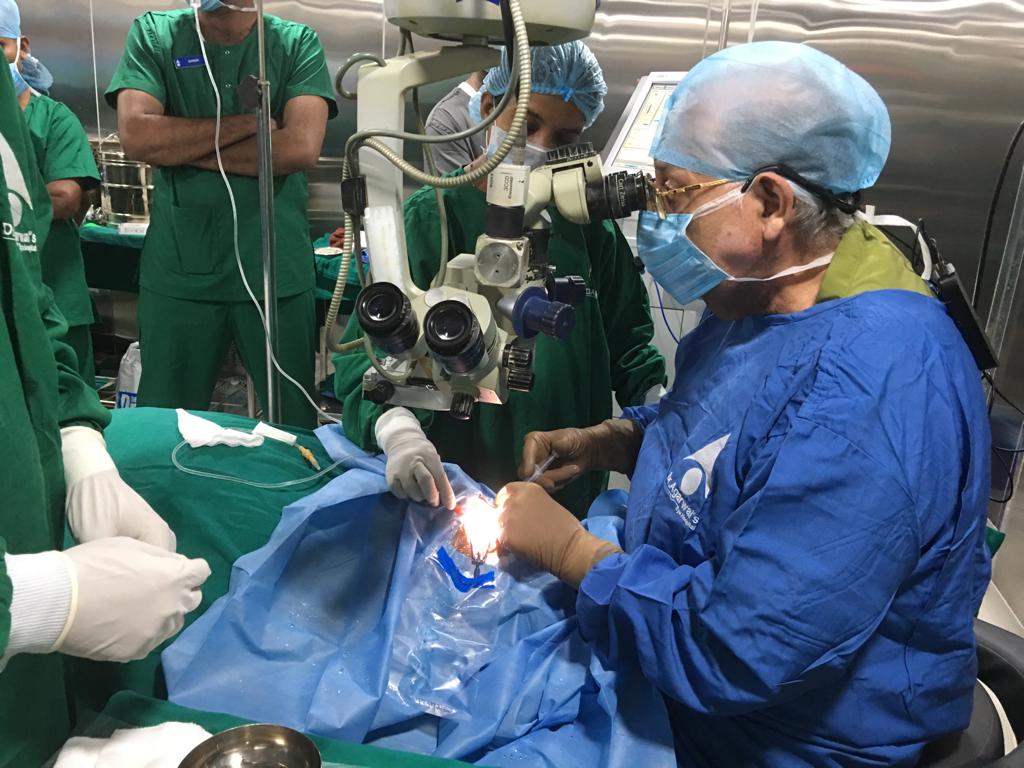
VP: If not lasik because of age, then what is the other option?
KM: PresbyVue is the best option for the 40+ age group. Apart from that, there are alternatives options by which you can change the front clear part of the eye and make it work for both far and near. But they come with a few drawbacks, if at the age of 40 you did it, you’ll be able to read and see distance. But at the age of 45 again you’re stuck. You can’t do it over and over again. And until the age of 60 your reading number goes on changing. They call it contour laser, but it doesn’t really work well as a permanent solution.
VP: Multifocals and trifocals are popular these days. What is the patients’ response towards it?
KM: There’s a lot of controversy about this. Originally we only used to have monofocal lenses, that means you can correct the glass for distance, and one would wear reading glasses and his near vision is fixed. But what they never told the poor patient was if he started using monofocals he won’t be able to see the food on his plate without the glasses. And to do any near work he would need to have the glasses on all the time. So most of the time these patients walked around with the glasses suspended around the end of the nose.
Then came the bifocal lens for far and near vision. But more and more people discovered that there is something weird about it. Like for example, if you walked into a book store you couldn’t see the title on the shelf unless you lean too close to it, because they require intermediate vision. And that’s why came trifocal, it not only gives you the far and near vision, but also gives you the intermediate vision. And it became really popular among the masses and is been trending so much.
The only disadvantage of the trifocal is an occasional ring that you see at the side. But that is something you get adapted to. Initially you get a glare and flare, but the brain adapts to it and you no longer notice it again. After about 3-4 months, which is the duration that’s called the adaptive phase, the trifocal patients are extremely happy.
VP: Our audience for VisionPlus is mainly optometrists. Ophthalmology is seen as an elder brother who is difficult to reach out to or communicate to. Is there a way to bridge this gap and create a common platform?
KM: As far as I am concerned, I believe optometrists are our partners in service. We need them, they need us. We are in a symbiotic relationship and it is how it should be.
Probably, you are asking this question to the wrong person. I am very friendly with optometrists. Year before last we had organised a conference for optometrists called Optic Advance in which we also had ophthalmic surgeons join in. Last year we had a conference called Eye Advance, it is one of the largest conferences in india with the largest foreign faculty, we had about 55 foreign faculty.

